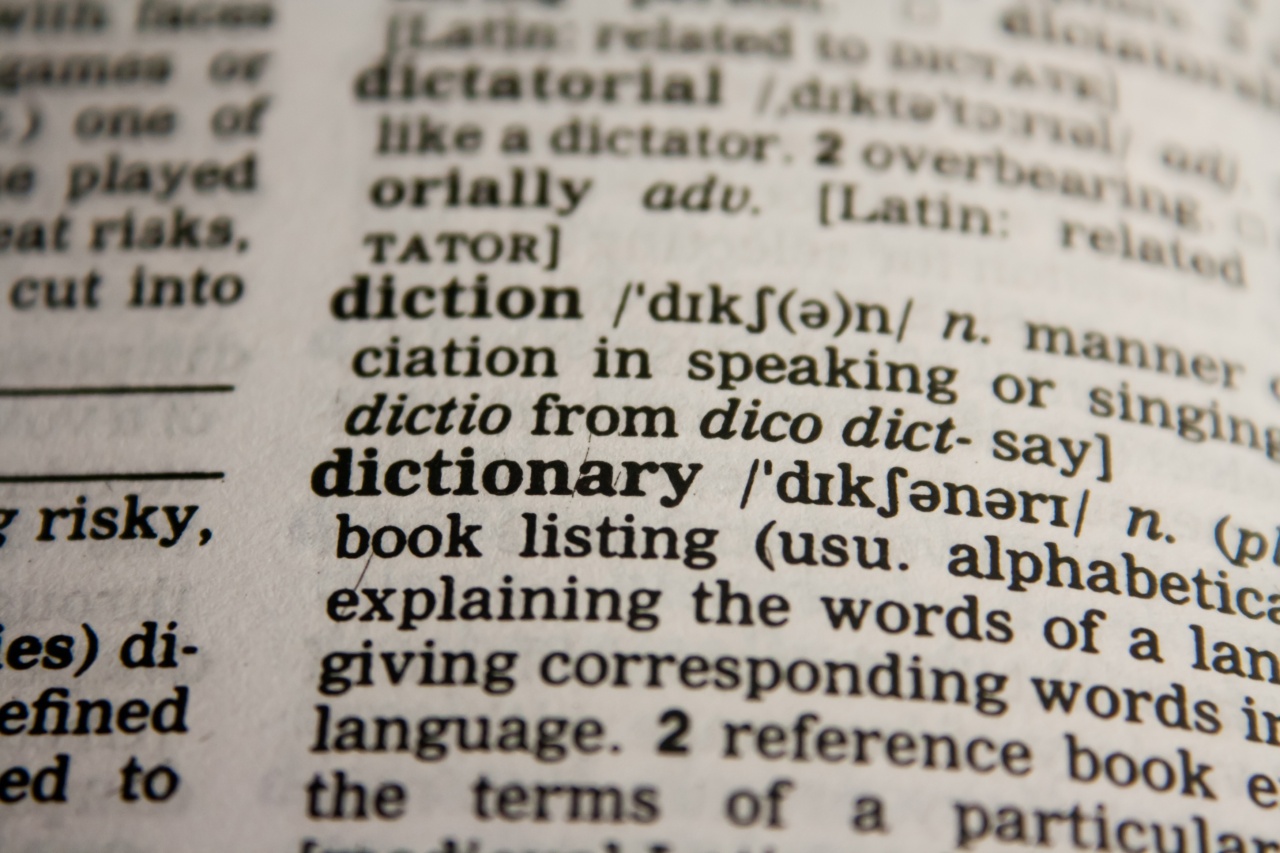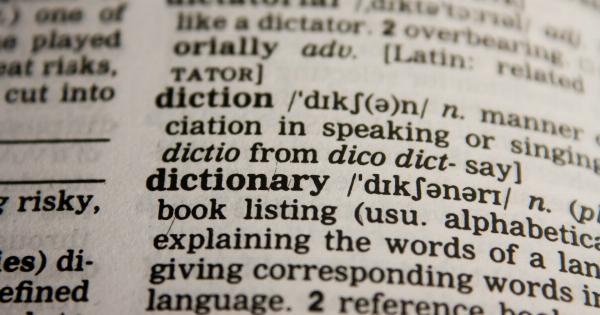Color-coded reading techniques can be beneficial for individuals with dyslexia and those learning English as a second language. Dyslexia is a learning disorder that affects one’s ability to read, write, and spell.
It is characterized by difficulties in decoding words accurately and fluently. English, with its complex spelling rules and irregularities, can be particularly challenging for individuals with dyslexia. Color coding can help make reading and comprehension easier and more enjoyable for these individuals.
This article explores various color-coded reading techniques that can assist individuals with dyslexia and English learners.
1. Color Overlays
Color overlays are transparent sheets in different colors that can be placed over text. They help reduce visual stress and improve reading for individuals with dyslexia.
The choice of color overlay varies depending on the individual’s preference, as everyone perceives colors differently. Some common colors used for overlays include yellow, pink, blue, and green.
By placing a color overlay on text, the contrast between the background and the words is altered, making it easier for individuals with dyslexia to focus on the text and reduce the effects of visual disturbances.
2. Color-Coded Phonics
Color-coding phonics can be particularly helpful for individuals learning English. English has complex phonetic rules and many exceptions, making it challenging to master phonics and reading fluently.
By associating different sounds with specific colors, learners can visually connect letters and sounds, facilitating the process of decoding words. For example, the “a” sound can be associated with the color red, while the “ee” sound can be associated with the color green. This color-coding system helps learners remember and apply phonetic rules more easily.
3. Highlighting and Underlining
Highlighting and underlining important information can enhance comprehension for individuals with dyslexia and English learners.
By using different colors to highlight different elements of a text, such as main ideas, supporting details, or challenging vocabulary, readers can visually organize and understand the content better. This technique helps draw attention to crucial information and promotes active engagement with the text.
4. Color-Coded Reading Guides
Color-coded reading guides are transparent strips with a colored band in the middle. These guides can be placed over text, highlighting one line at a time.
They help individuals with dyslexia and English learners maintain focus, reduce distractions from surrounding text, and prevent losing their place while reading. The colored band can be adjusted to match the user’s preferred color, providing a personalized reading experience.
5. Color-Coded Vocabulary
Learning new vocabulary can be overwhelming for individuals with dyslexia and English learners. By color-coding words based on their meaning or category, learners can visually organize and remember vocabulary more effectively.
For example, verbs can be assigned one color, while nouns are assigned another. This technique not only aids in memorization but also facilitates quicker retrieval of vocabulary when needed during reading and writing tasks.
6. Color-Coded Reading Comprehension
Reading comprehension is a crucial aspect of language development. For individuals with dyslexia and English learners, comprehending complex text can be challenging.
Color-coded reading comprehension techniques involve assigning different colors to key elements of a text, such as main ideas, supporting details, cause and effect relationships, and comparisons. By color-coding these elements, readers can better identify and understand the structure and content of the text, enhancing overall comprehension.
7. Color-Coding Word Families
Word families are groups of words that share a common root or base word and have similar phonetic patterns. For individuals with dyslexia and English learners, recognizing word families can improve reading fluency and vocabulary acquisition.
By color-coding word families, learners can visually identify patterns and similarities, making it easier to read and comprehend words within the same family. This technique promotes a deeper understanding of word structure and helps develop strong reading skills.
8. Color-Coded Grammar
English grammar can be complex and confusing, especially for individuals with dyslexia and English learners.
By color-coding different parts of speech or specific grammar elements, learners can visually distinguish and understand the functions of words within sentences. For example, nouns can be assigned one color, verbs another, and adjectives a different color. This technique provides a visual cue that aids in sentence construction, comprehension, and writing proficiency.
9. Color-Coded Writing Tools
Writing can be a challenging task for individuals with dyslexia and English learners. Color-coded writing tools, such as digital writing platforms or word processors with customizable color settings, can assist in the writing process.
By using specific colors for different elements, such as nouns, verbs, or punctuation marks, writers can visualize and organize their ideas more effectively. This technique helps improve the overall clarity and coherence of written work.
10. Color-Coded Textbooks and Resources
Color-coded textbooks and resources can be valuable for individuals with dyslexia and English learners. Publishers and educators can incorporate color-coding techniques into textbooks, worksheets, and other learning materials.
By using different colors to distinguish headings, subheadings, important terms, and supporting examples, learners can quickly locate and understand key information. Color-coded resources enhance access to knowledge and promote a positive learning experience.






























